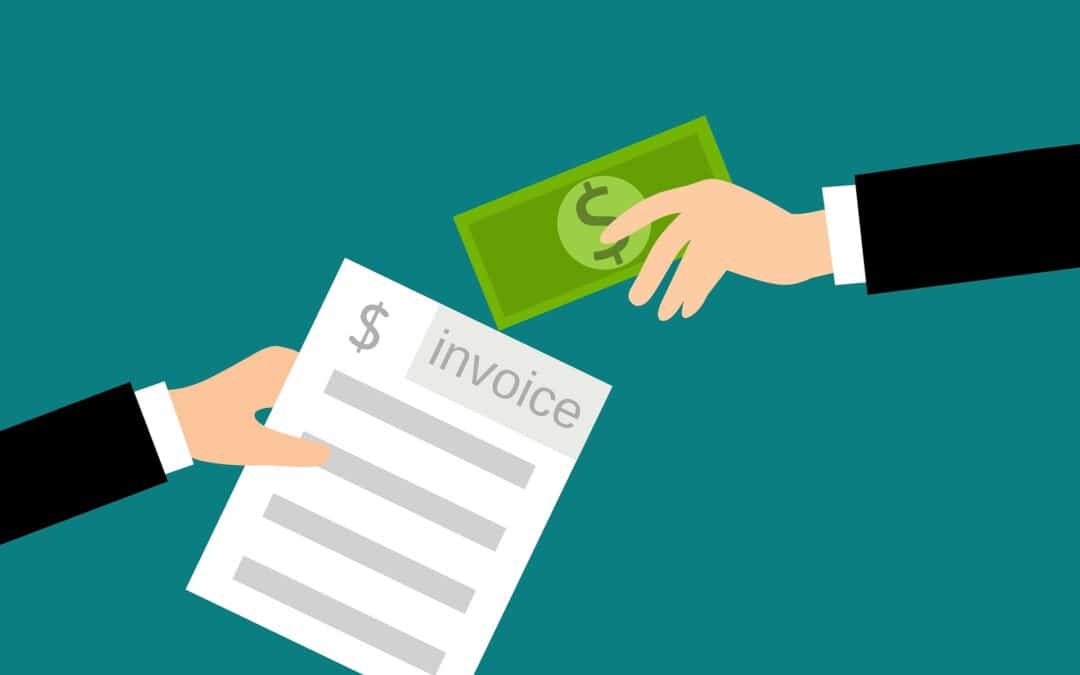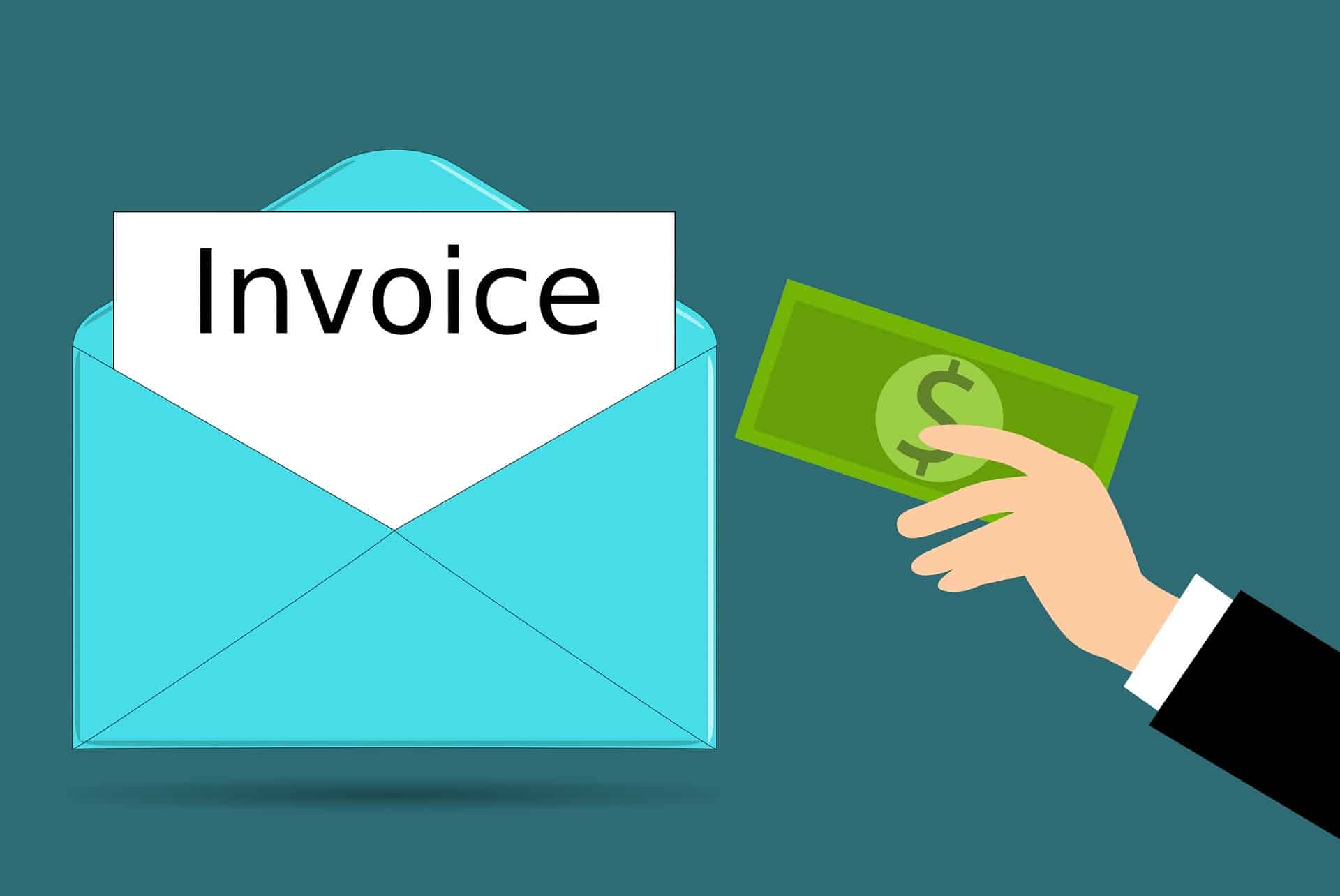HMRC has recently updated a document setting out what businesses need to be aware of when sending, receiving and storing VAT invoices in electronic format.
If you have previously or want to issue your Value Added Tax (VAT) sales invoice electronically in the future, you will need to check the invoice format against the documentation to avoid penalties.
If you receive or in the future receive VAT invoices in electronic format from suppliers, please check the correct format to avoid receiving invalid invoices. Five steps to check your e-invoice.
You may also like this article: What is Making Tax Digital?
Why use the electronic invoice
We understand that more people do not want to try to change, because change always takes time to adapt.
In fact, e-invoicing has more advantages in a secure environment:
- Structured data for easy auditing
- Improve order traceability
- Reduce paper costs and storage space
- Quick search and access
- easier to deliver
On top of that, the cost of processing paper invoices is estimated at £13.98. The fee for processing electronic invoices is £4.77. Businesses that ditch paper invoices in favor of electronic invoices can save at least 1% to 2% of their turnover.
Do I need to tell HMRC to issue an electronic invoice?
Check the electronic invoice's content
Electronic invoices must contain the same information as paper invoices, subject to official material.
There are other additional rules to be aware of if you supply to the EU.
Check the materials required for the electronic invoice
Click the link to find the OFFICIAL documents from GOV.UK
Check the electric invoices' format
Various electronic invoice message formats are acceptable as long as the relevant invoice message used contains the required data. Examples include:
- Traditional EDI standards such as UN/EDIFACT, EANCOM and ODETTE
- XML-based standards
- Comma separated ASCII, PDF
Before obtaining the customer’s consent to invoice electronically, you may want to ask the customer whether it is acceptable for you to send a specific invoice format.
Check the authenticity and integrity of the electronic invoice
You must be able to ensure the authenticity and integrity of invoice data during transmission between you and your customers.
In order to minimise the burden on the business, HMRC has not been overly prescriptive in specifying the detailed form such controls may take.
Where possible, HMRC prefers to rely on good business practice or the company’s own controls.
Check third-party vendors
Although there is a lot to check before you decide to move to e-invoicing. You need to take extra care to identify a reputable, experienced, reliable and authorised UK provider.
A third-party provider will professionally help your business successfully transition to e-invoicing.
When you see numerous proposals from third-party vendors, it is imperative to ask more questions and communicate more.
For more information you can browse HMRC official documents.


